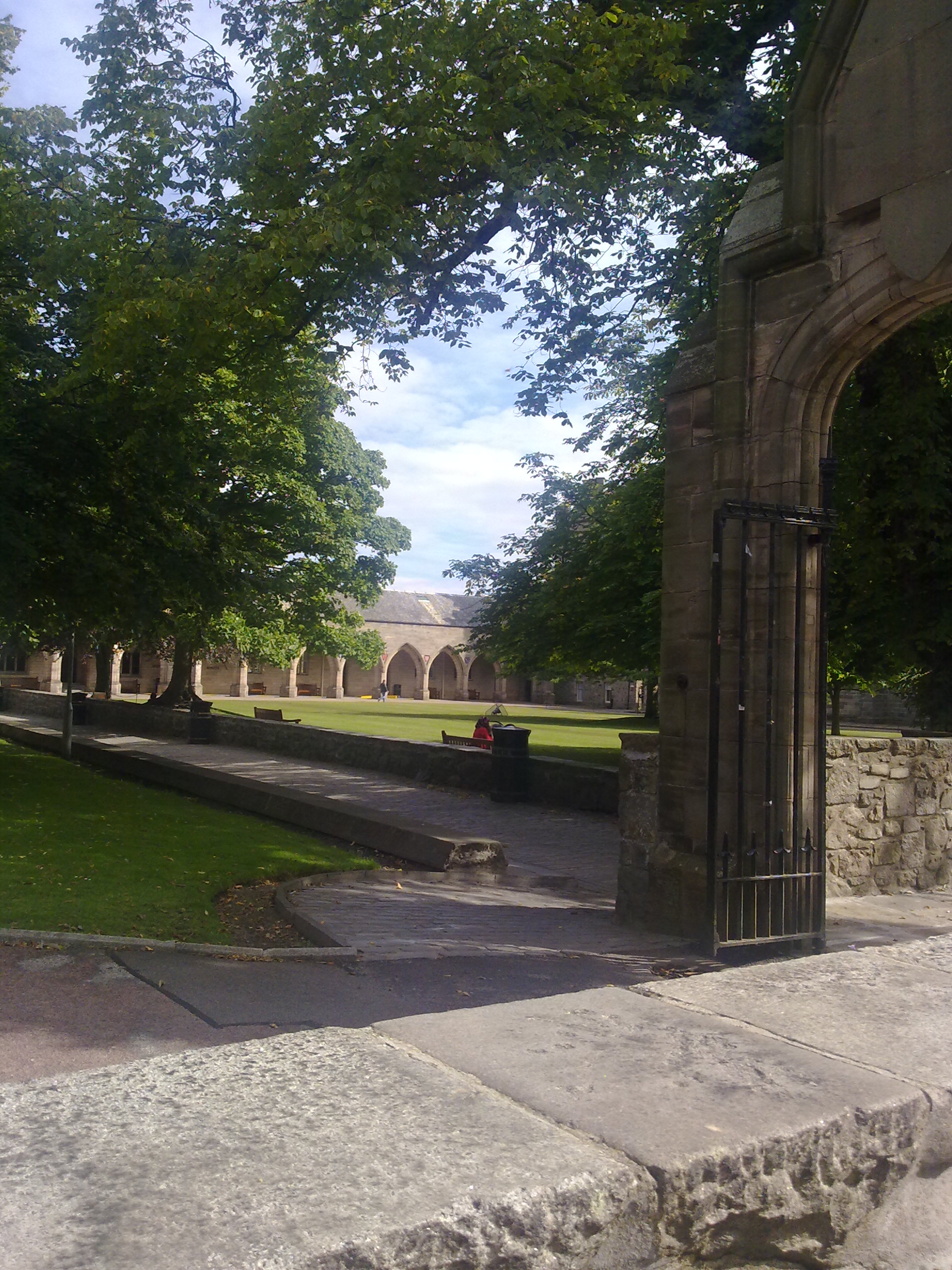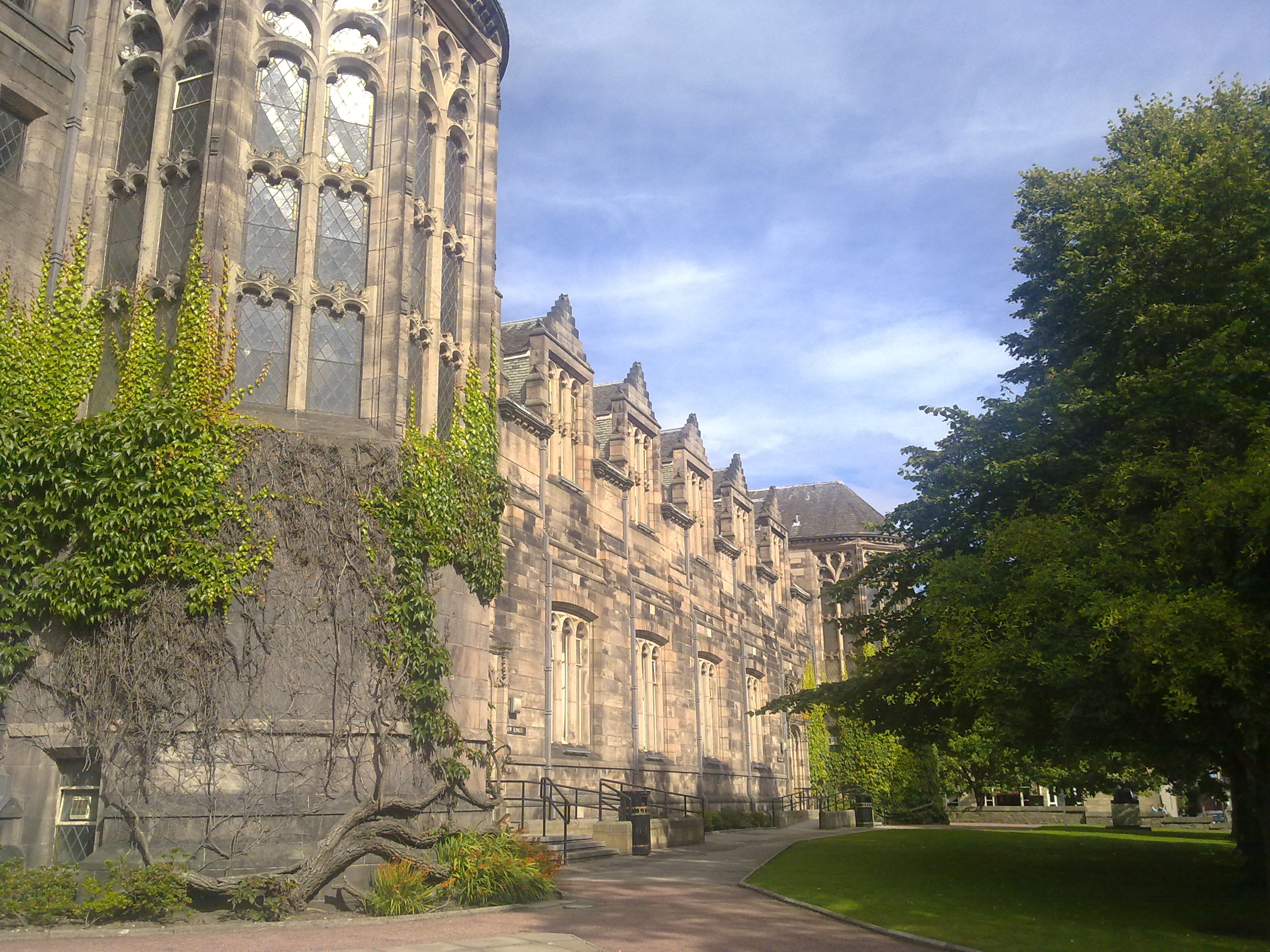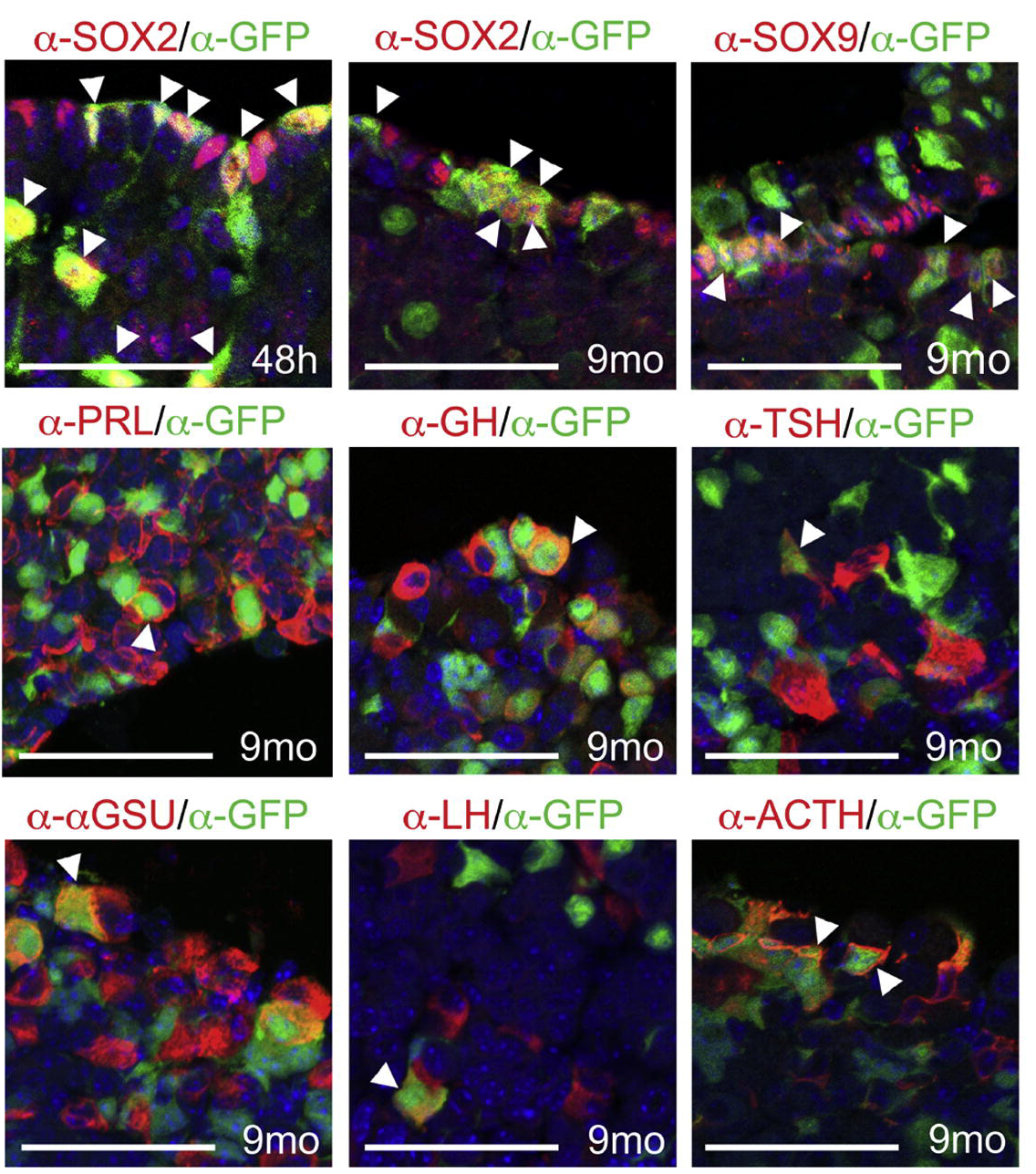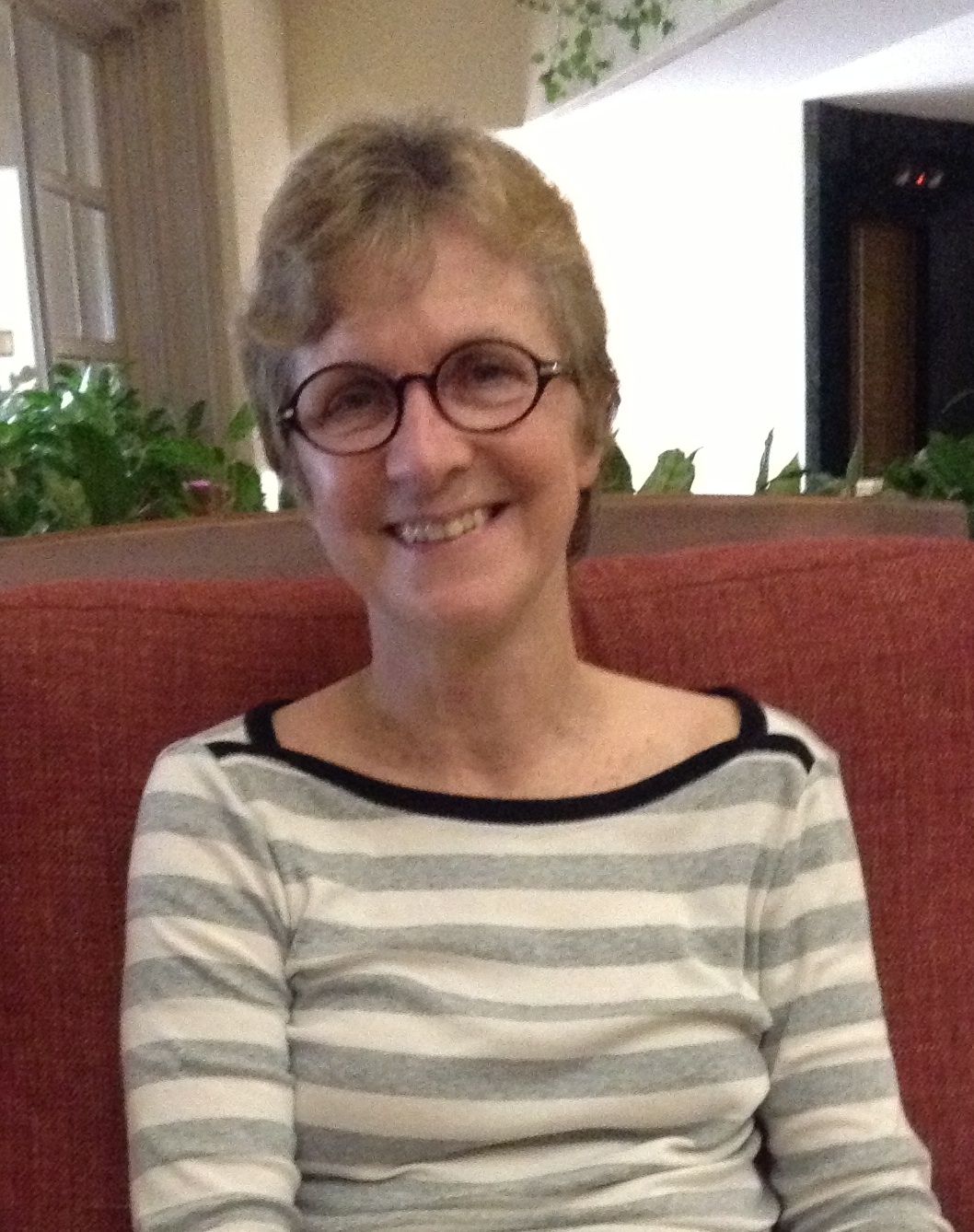Evolution of the Human Neocortex: How Unique Are We?
Posted by Alexandra de Sousa, on 28 October 2013
“Evolution of the Human Neocortex: How Unique Are We?” was the question asked at the Wiston House in West Sussex from 22-25 September 2013. Although we were hardly the first to consider whether the human brain is something special, the ‘unique’ pileup of methodological approaches likely improved the dialogue on this topic. My own presentation sought to link cells, cortical areas, and behavior, and certainly the new information I acquired will contribute to this. Here is a summary and reaction to some of the themes that arose from the meeting:
A DIVERSITY OF ANIMALS MODELS AND NEOCORTICAL STRUCTURES ARE LINKED BY THEIR SIMILARITIES. Zoltán Molnár stressed structural similarities between mammalian and bird cortex — but noted that these have been found despite of developmental differences. Tatsumi Hirata suggested that the mammalian neurogenic sequence, in which cortical layers result from stem cells each generating both deep and upper layer neurons, is primitive, and that isolated chick neurons developed in culture ‘revert’ to a similar developmental pattern. Luis Puelles found that, in mice, the claustrum arises very early in development, and insula cells migrate across it – confirming our neuroanatomist forefathers (Meynert, Brodmann, Cajal, Rose) who described claustrum as a deep layer of the insula in humans. To wrap things up, the continuity of brain function was addressed by Constance Scharff, who played a German folk tune sung beautifully… by a bullfinch.
GIVEN THESE REGULARITIES WHICH OVERREACH TAXONOMIC LINES, STRUCTURAL CONSTRAINTS LIKELY UNDERLIE THEM. Talks hinted that cortical organization follows a continuum along a caudal-rostral gradient. Barbara Finlay showed that across species, the same patterns emerge: there is a decrease in neuron density along a caudal-rostral axis, with the highest density in the occipital pole. Also along a caudal-rostral axis, the layer widths change, with an increase in the proportion of cortex that is comprised of upper layers versus lower layers. This gradient recapitulates primate evolutionary trends exemplified in humans: decreased neuron density, and upper layer expansion, and anteriorly-skewed brain enlargement. This organization forces forward the processing of information; with a bigger brain, there is even more information compression along the axis. Ed Lein showed that along the cerebral cortex, and within cortical lamina, a caudal-rostral gradient is followed by gene expression profiles – perhaps providing the developmental and functional basis of the similar structural pattern. Although in terms of its transcriptome the cerebral cortex is a largely homogeneous tissue, its most caudal aspect, the primary visual area, is most district in humans, whereas the primary somatosensory area is most distinct in mice.
SEVERAL SPEAKERS DISCUSSED MECHANISMS FOR MAKING NEOCORTEX BIGGER AND MORE HUMAN. Arnold Kriegstein told that humans – compared to mice – have an enormous outer subventricular zone with fast-jumping radial glia. This mechanism shortens migration distance, and may be important for big brains. Svante Pääbo awed by extracting entire genomes from a Neanderthal and tiny bit of a Denisovan, and these archaic forms are identical to modern humans in genes relevant to language. Further hints at the role of FOXP2 in advanced cognition came from humanized mice which showed faster learning and minds surpass those of cave men; Not to mention Neanderthals wore makeup, Denisovans crossed oceans, and both contributed to modern human genomes! Franck Polleux presented that, uniquely in humans, there is a partial duplication of the gene SARGAP2. Structurally it plays a role in the higher dendritic spine density of human versus macaque interneurons; functionally this gene is associated with social cognition and object recognition. Gavin Clowry found evidence for greater connectivity in the GABAergic interneurons of human versus mouse cortex. Thus, human uniqueness has elements at the level of genes and neuron connectivity.
BRAIN REGIONS ARE COMPRISED OF NEURONS WHICH TOGETHER MAP THE BODY. Jon Kaas gave the sole talk on brain area function, showing that primate posterior parietal cortex is subdivided according to specific ethnologically relevant motor functions (a pattern replicated in frontal lobe) but do not have distinct boundaries based on somatotopic maps. He told that in bigger brains, the addition of cortical areas could improve serial processing, as in a computer. Perhaps duplication of topographically defined areas has diversified brain functions in big-brained humans. Barbara Finlay pointed out the importance of these incomplete areas for understanding how new areas arise. Recent research suggests an emphasis on bottom-up processing during tool use in humans, which compared to chimpanzees have more parietal activity, and less prefrontal strain (Hecht et al 2013) perhaps resulting from duplicate cross-modal representations. It would be curious to know the developmental mechanism for, and the function of, doubled posterior parietal representations which sometimes pop up in our species (e.g., Sereno and Huang 2006, subject 2).
HUMAN-SPECIFIC BRAIN REGIONALIZATION COULD EFFECT GYRIFICATION. Chris Walsh was informed by observations of a human pathology with reduced gyrification in Broca’s language area, due to a mutation in GPR56 noncoding sequence. Developmentally, expression of this gene seems to limit the sizes of the ventricular zone and outer subventricular zone, and also the thickness of the upper layers of the cerebral cortex. Dean Falk discussed differences in sulcal patterns between humans and apes, and provided new insights into what our most recent shared ancestor’s brain may have looked like, based on her description of the Sahelanthropus endocast. The little data extracted from fossil endocasts reveals that our brains are a bit different from those of the earliest members of the human lineage.
YET, UNFORTUNATELY, WE ARE STILL A LONG WAY FROM INTERPRETING BEHAVIOR FROM GYRI. Surprisingly, the mechanisms behind folding the cerebral cortex into gyri may be very primitive, and may not reflect functional networks. Talks by both Wieland Huttner and André Goffinet pointed to an early origin of gyrification in mammals, including data from converging models based in both phylogenetic and developmental studies. Victor Borell demonstrated a distinct gene expression pattern concurrent with the location of sulci in ferrets. This brought into question the classic tension based theory of gyrification (Van Essen 1997) described in Dean Falk’s talk, which was based on Colette Dehay and Pasko Rakic’s past work on striate and extrastriate cortex formation.
WHAT IS THE UNIT OF BRAIN ORGANIZATION ESSENTIAL FOR IDENTIFYING HUMAN UNIQUENESS? With variability in factors including genes, regulatory factors, proteins, cells, connections, timing, specificity, activity, structures, number, and size, there must have been near-infinite ways in which unique human cognitive capacities could have emerged! The victory of this meeting was in representing the diversity of levels of magnification, and how these interact, for there is no magical unit at only a single level.
OUR JOB NOW IS TO DRAW LINES AND RECONSTRUCT HISTORIES. Pasko Rakic illustrated this point in a cartoon: a mouse attempts to have cocktails with a human – but instead drops his glass. This humorously represents the investigation of genetic factors in human-specific limb development to gain historical insight into the evolution of our unique brains. However, I am also reminded that human uniqueness is the story of just one animal. I am astonished to consider the primitiveness of gyrification and neocortical lamination; and the convergence of singing. With the meteoric loss of the dinosaurs, whose brain and body sizes exceeded those of living birds, what unique behaviors might also have been lost?
If you are interested in topics like these I invite you to participate in ENBER, a network which brings together brain evolution researchers across the globe and across different fields. ENBER includes a mailing list (@eurnetbrainevor) for sharing information about upcoming opportunities (meetings, grants, jobs, publications) and a researcher directory. I also maintain a listing of brain evolution research results that have appeared in the news (@BrainEvolutionN), so please inform me if your research has recently received attention from the press.
More about this workshop:
Steve Briscoe discusses his impressions of the same meeting here.
Katherine Brown discusses a related public event here.


 (3 votes)
(3 votes)







 (No Ratings Yet)
(No Ratings Yet)